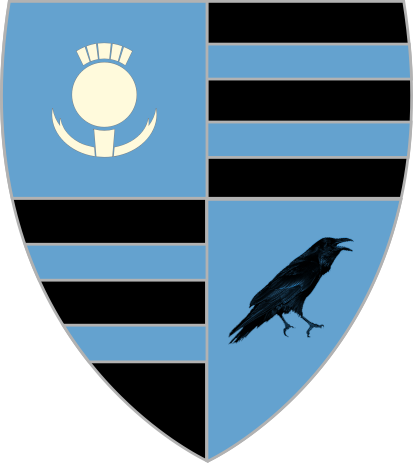LCI Furnaces
LCI Furnaces
LCI Furnaces
INDUSTRIAL FURNACE DIVISION
INDUSTRIAL FURNACE DIVISION
INDUSTRIAL FURNACE DIVISION
Control System Alternatives
ProControl OIT (Computer/PLC control) system versus Discrete Digital Control (DDC) console. Most LCI furnaces are available with either a ProControl OIT or DDC console. The ProControl OIT system is comprised of an industrial Opto22 PLC controller with a Windows(tm) computer OIT (operator interface terminal) with ProControl(tm) furnace software. The DDC system incorporates PLC control without a Windows(tm) PC interface.
The ProControl OIT interface offers many features, including the ability to store and rapidly change recipes, but often at a higher cost. While the DDC eliminates the computer interface, it is often more than sufficient for production applications where a single process application dominates the use of the furnace.
Table Comparing Control System Alternatives
| Feature | ProControl OIT/PLC (Computer Interface) | DDC (Control Console Interface) |
|---|---|---|
| Password Protection | 3 Levels: Operator level: Limited to operating the furnace, loading and executing recipes. Engineer level: All Operator levels plus create, edit and store recipes, change Process screen parameters. Factory: All functions including initial furnace setup. | 2 Levels: Operator/Engineer: Change proces parmeters such as zone temperatures, belt speed. Operator constraints must be managed by Company procedure. Factory: Devices are locked to RUN mode to protect factory settings. |
| Process Parameters | For each process recipe, Engineer can store and retrieve Temperature, PID, Power and Alarm parameters for each zone, as well as process Belt Speed, O2/Moisture monitoring state and N2/FG/H2 operation. Flowmeter are adjusted manually. Flowmeter settings can be recorded in each recipe for information only. | Engineer/Operator stores process Temperature settings in each zone controller. Belt speed setpoint and flowmeters are adjusted manually. PID settings are preset by LCI factory, optimized for performance and stability at each of 4 temperature ranges. |
| Recipe Storage | A infinite number of process recipes can be stored on the furnce computer. | One. Process Engineer/Operator sets recipe values in controllers. Controller will retain recipe values while furnace is OFF. |
| Alarms | Computer alerts Operator with audible and visual indication. All alarms are logged to the furnace computer. | Audible and visual indication on console. |
| Element Monitoring Lamp Failure Detection | Optional EM Lamp failure detection system is monitored and audible and visual alert indicated on the computer screen. | LED indication of lamp failure and of lamp use on control console. |
| Subsystems | Subsystems such as Oxygen and Moisture analyzers, OSS sample system, hydrogen operation, SMEMA product tracking and upstream and downstream handshake are easly integrated in the furnace software. | Subsystems such Oxygen and Moisture analyzers, OSS sample system and SENSLAS Product Alert are separate systems that are independently enabled by the Operator. |
| Cost | More economical for complex furnaces with integrated subsystems such as SMEMA Product Tracking, Hydrogen Operation, and Oxygen and Moisture analyzer and OSS Sample systems. | Lower cost alternative for basic lab and dedictated process furnace operations where recipes are not changed as often. |
OIT Operator Interface Control Console
All integrated furnace systems are operated via the Furnace computer that enables the Process Engineer to store the process parameters in recipes. The recipes can then be loaded into the program by the Operator.

Furnace Operator Interface Terminal (OIT)
Discrete Digital Control Console
The Discrete Digital Control system is easy to use and provides visible status of primary process parameters at a glance.
Standard LA-306 DDC Console. Click to see Control Console ON.



